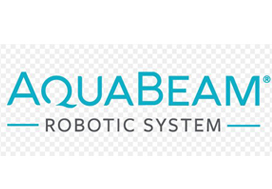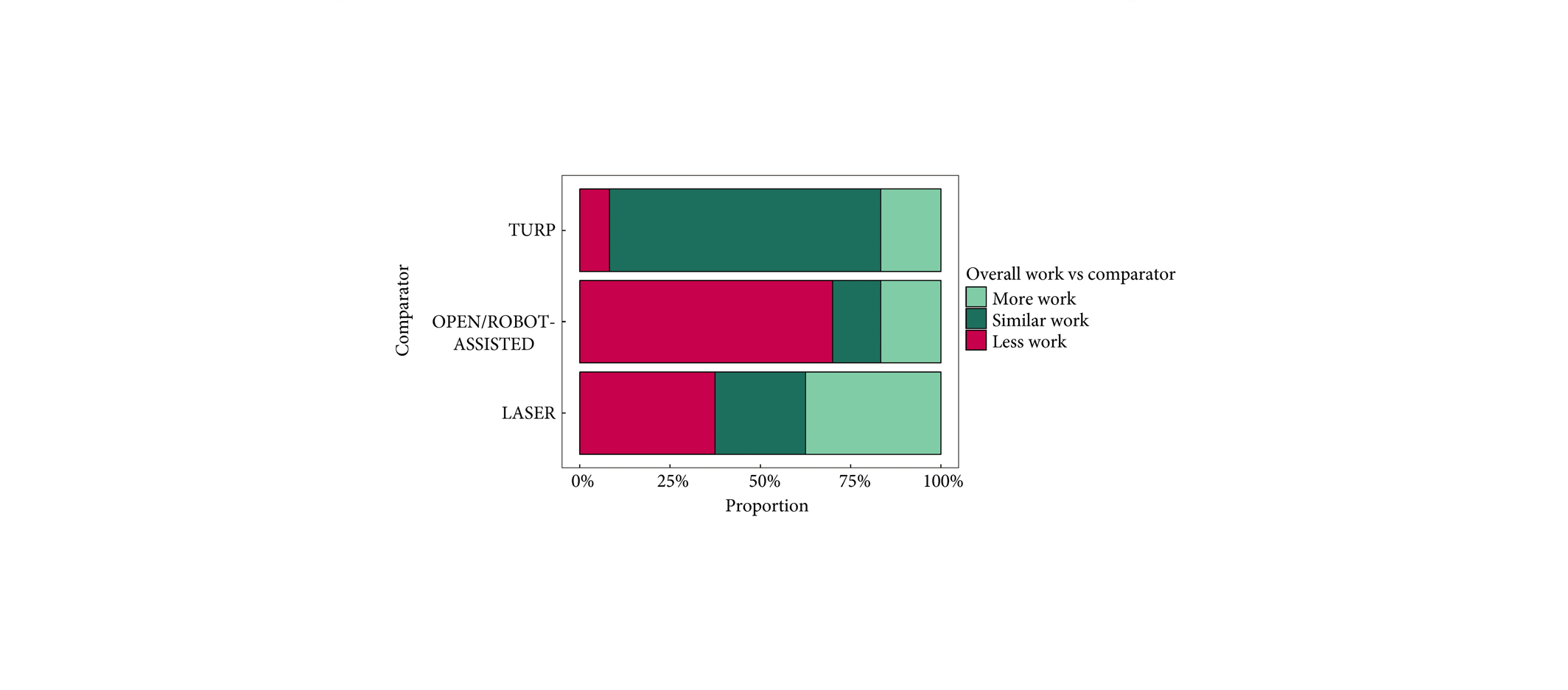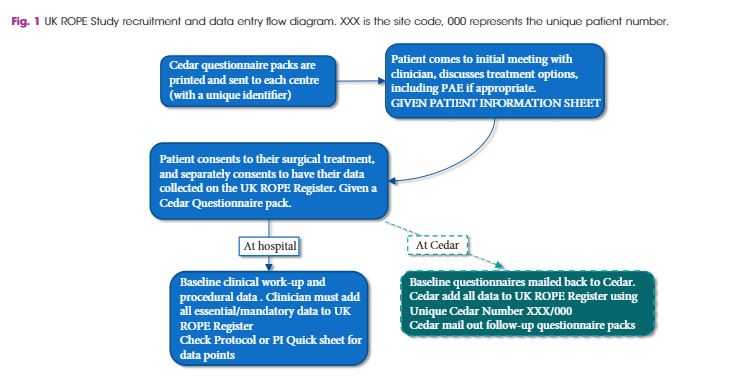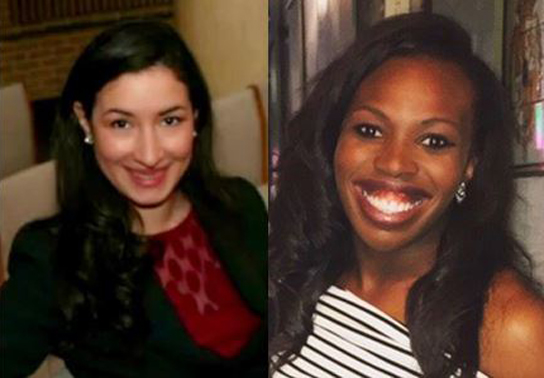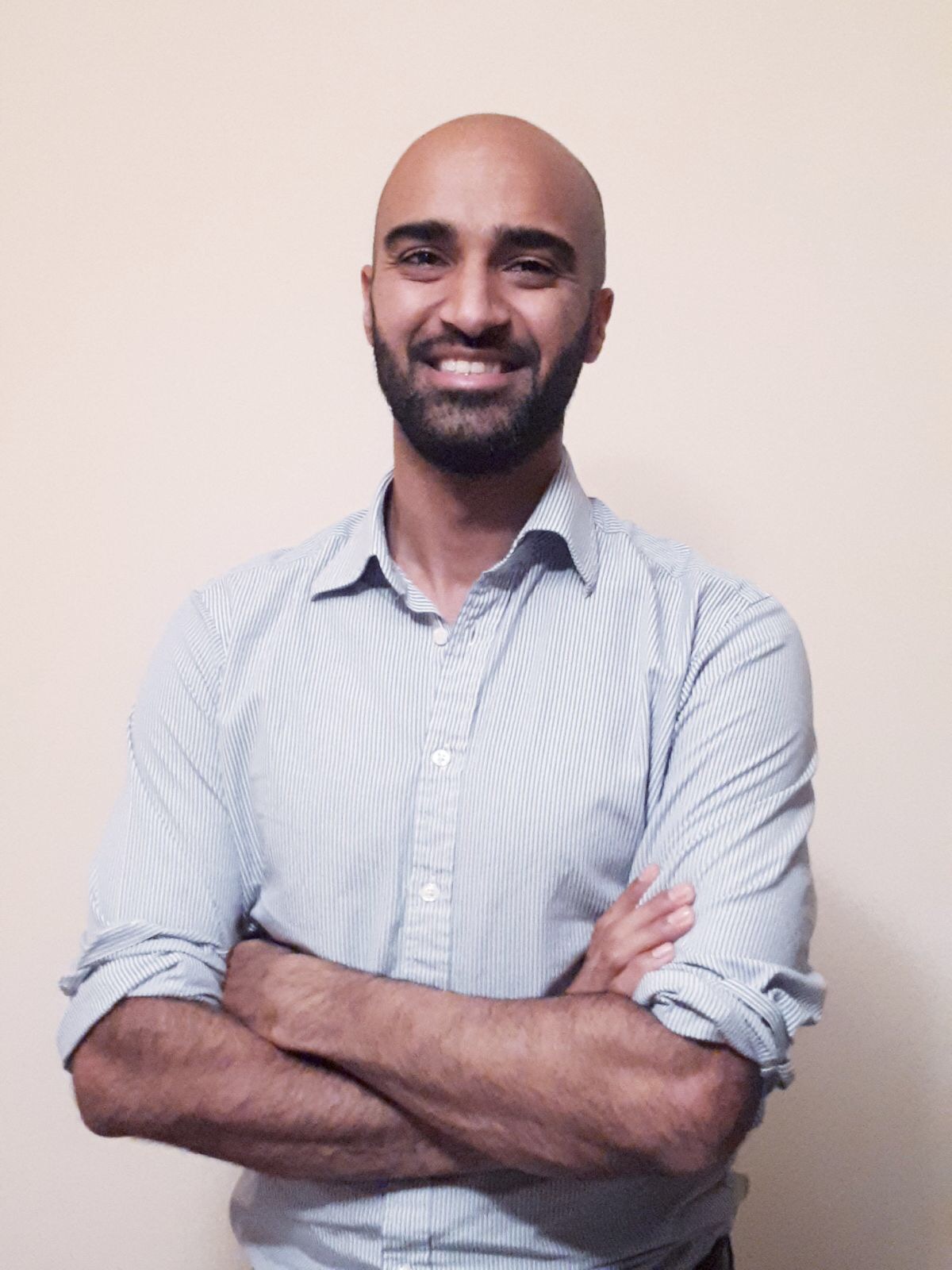Editorial: A novel robotic procedure for bladder outlet obstruction
We have become used to talking about robotic surgery in urology when we really mean robot‐assisted surgery. The novel aquablation procedure (AquaBeam®) for bladder outlet obstruction (BOO) described by Plante et al. [1] is executed by a robotically controlled waterjet system, conducting a pre‐planned image‐guided resection once the radiological parameters have been entered into the system. This is performed under real‐time ultrasonography guidance. It will deliver a standardized way of carrying out the surgery and will, to a large extent, take away the surgical learning curve whilst introducing a new imaging learning curve.
The present study [1] is an analysis of pre‐planned and exploratory subsets of patients from the WATER study [2], and confirms data from earlier studies [3,4]. The study suggests that, compared with TURP, aquablation is particularly effective in improving both LUTS and bother in the medium‐sized to larger prostate (50–80 mL) and in potentially more challenging prostates such as those with large middle lobes or middle lobe obstruction (judged at pre‐procedure cystoscopy).
It is suggested that the ability to map the resection plane surgically may enable the preservation of key anatomical landmarks and preserve normal sexual function. In this study, anejaculation occurred in only 2% of patients with larger prostates (>50 mL) in the aquablation group compared with 41% of comparable patients undergoing TURP (P < 0.001). The rate of anejaculation however appeared relatively higher in the overall aquablation group, at 10%, compared with 36% in the overall TURP group (P < 0.001). A prostate volume between 30 and 80 mL was an inclusion criterion for the WATER study. This procedure therefore appears to give the best possible rate of anejaculation in a resective surgical intervention in patients with a larger prostate and may have less advantage in patients with a smaller prostate.
Interestingly, the relative overall symptom relief advantage of aquablation over TURP was also not proven in men with smaller prostates; TURP may be equally effective at removing obstructing tissue in smaller as compared to larger prostates. It is not yet clear whether aquablation would not be recommended for prostates below a certain size. In the more recent WATER II study in 101 men with a mean prostate volume of 107 mL, aquablation was also shown to be feasible and safe in men with large prostates (80–150 mL) [5].
There will always be a possible downside to novel treatments and this may relate to poor radiological data entry which may, in turn, lead to sphincter damage, although this has not been an issue in the carefully controlled studies to date. There are also reports of troublesome postoperative bleeding in some cases, although haemostasis can be effectively achieved via a catheter balloon tamponade and traction device or by electrocautery [5,6].
Unlike most other surgical treatments for BOO, the resection times for aquablation are almost independent of prostate volume, although the overall operating time is similar to that of TURP, with the majority of the time being spent in the set up and image planning.
The principal study (WATER) [2] on which this sub‐analysis by Plante et al. is based is an example of a high‐quality randomized controlled trial but still represents data on only 116 patients undergoing aquablation and 65 undergoing TURP; therefore, more randomized controlled trial data and long‐term effectiveness studies are clearly needed. Formal urodynamic studies and trials in patients with even larger prostates would also be appropriate. In addition, there are still few published data on the cost‐effectiveness of aquablation, although it is likely to be in the range of higher‐cost laser ablation therapies.
With better radiology and machine learning or artificial intelligence, this technique may lead to truly standardized BOO surgery with more complete resection and may thereby reduce outcome variability.
References
- , , et al. Symptom relief and anejaculation after aquablation or transurethral resection of the prostate: subgroup analysis from a blinded randomized trial. BJU Int 2019; 123: 651– 60
- , , et al. WATER: a double‐blind, randomized, controlled trial of Aquablation® vs transurethral resection of the prostate in benign prostatic hyperplasia. J Urol 2018; 199: 1252– 61
- , , et al. Aquablation ‐ image‐guided robot‐assisted waterjet ablation of the prostate: initial clinical experience. BJU Int 2016; 117: 923– 9
- , , . Aquablation of the prostate for symptomatic benign prostatic hyperplasia: 1‐year results. J Urol 2017; 197: 1565– 72
- , , et al. WATER II (80‐150 mL) procedural outcomes. BJU Int 2019;123: 106– 12
- , , . How I do it: balloon tamponade of prostatic fossa following Aquablation. Can J Urol 2017; 24: 8937– 40

